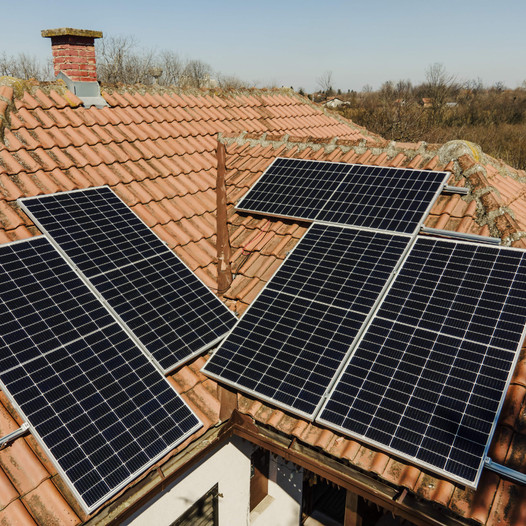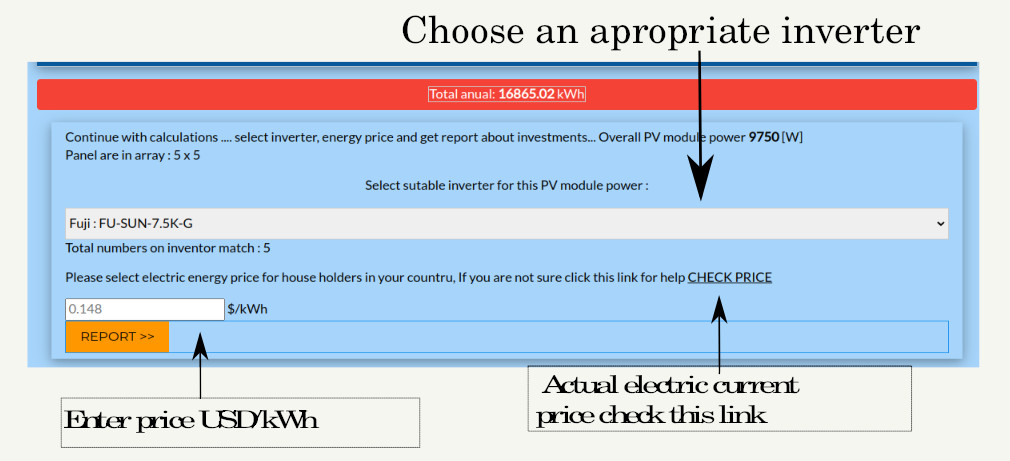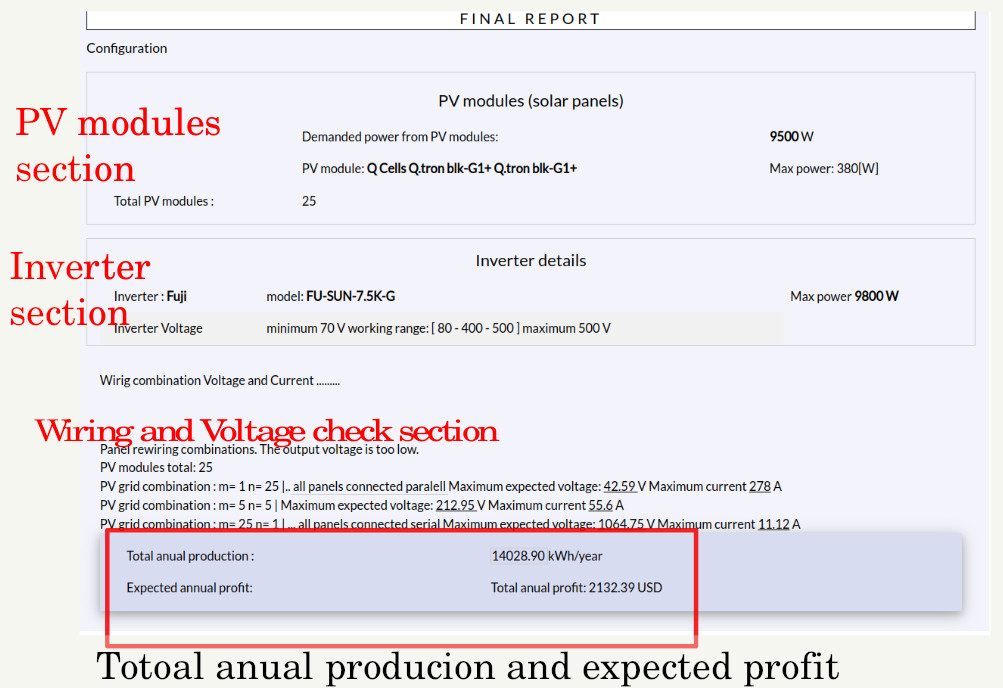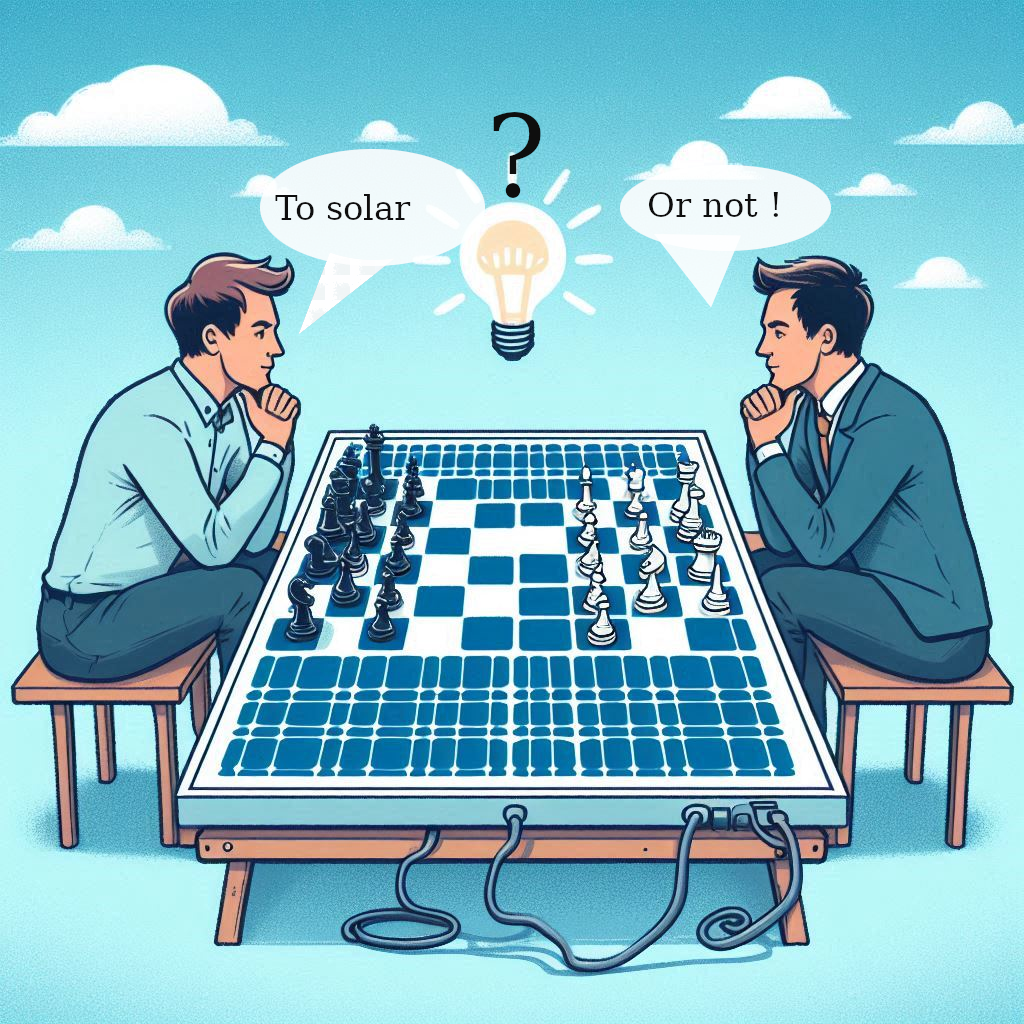To solar or not – that is a real question
If you have decided to install solar panels, you are making a long-term investment in your home budget and helping efforts to improve clean energy and get rid from carbon dioxide.
In the wake of the announcement of the energy crisis, perhaps you should consider a complete transition to a solar system, and …
You will probably go to sites that offers installation advice and estimates with great promises and high expectations.

What is recommendation from the average solar trade sites
The life of the panels is usually 30 to 40 years. For a house of 100 square meters, you will pay 6,000 USD. When it comes to the number of panels for a house of 100 m2, it mostly depends on the electricity consumption in kW, that is, on the amount and type of consumers in the house, and not on the size of the house. An average house of 100 m2 should usually have a power plant of 4 to 6 kW . It is also necessary to install a two-way meter (on grid system) and equipments: inverter/converter and batteries, if the energy is stored in batteries. Finances are certainly an important segment in the story of solar panels, and if we are talking about a house that needs a solar power plant of 6 kW On-grid, such an investment costs 6,000 USD, and the payback period is 7 years. but….
Is everything so fairy tale look like story ?
Let’s try to face the truth. Should we First some facts
It is not economical and recommended to install solar panels on any roof of a house. Solar panels will not bring the desired profit in places where are no sunny days. In the Northern Hemisphere, north-facing roofers are not considered. Also, solar panels will not bring the promised profit in the northern regions with a lack of sunny days. In the picture the panels are placed just a little irregularly. It is not economical to put them any where.
You do not need to know all the parameters in order to assess how much and when it is profitable for you to invest. That’s why the solar calculator is here. This free web application does not require any great knowledge, you only need to enter 3 basic parameters and you will have enough basic knowledge for further thinking about investing in solar panels.

Panel are placed everywhere this is not right way
For furthermore check basic 3 parameters tor calculation (latitude, roof orientation and roof slope).
But, before we dive deeper, we should make some considerations.
You need to know if your roof or property are big enough and have the right conditions to support a solar power system. Understanding your roof will also provide direction into the equipment that may be used.
Roof orientation
In North America, Europe, mostly of Asia south-facing roof will capture the most sunshine and produce the most energy.
Although 180 degrees due South is best, an orientation (also known as azimuth) ranging from 90 degrees East to 270 degrees West can work well too, with modest difference in performance. Solar panels will work at most any orientation and angle, however they may not perform at their maximum potential. We should have at least one south, south-east or south-west-facing roof.
Roof size
Knowing how much space is available will tell you the number of solar panels that can fit on the roof. The solar panel dimensions will vary by manufacturer and model.
Two industry-standard sizes is in the option: standard and residential ( 65″ x 40″ or ) and XL, commercial ( 78″ x 40″ ). The XL panels are more economical and more powerful.
Other factors affecting the available space are skylights, vents, stacks or pipes. Ultimately, we will need precise dimensions for the available solar array window on the roof.
Roof angle
Are the roofs tilted or flat? Most roofs have some tilt or angle. For these situations, the solar panels can be flush-mounted, hovering a couple of length above the roof.
Flat or low-sloped roofs can be mounted flush, or you may desire tilt-mounting for increased performance.
Roof age and material made
Materials for titled roofs are: asphalt shingles, wood shingles, metal, and ceramic or concrete tiles. These pitched roofs will need bolts secured directly to the beams or joists. Common to commercial buildings, flat roofs can be made of tar and gravel, a or some waterproof surface material. Solar panels on flat roofs can be bolted or use a ballasted weight system.
As you can see, the type of roof material will help determine the kind of attachments that are possible to secure the solar mounting to the building. Selecting the right roof attachments should provide strength to withstand heavy snow loads, wind speeds or seismic activity. However, you also want to minimize the weight, number of holes and possible roof leaks at the same time. A good design layout plan for the solar panels is important for strength and aesthetic appeal.
Solar panels mounted on a roof will last 20 years or longer. You should have a roof that is rated to last at least this period. Keep in mind that the area under the solar panels will be somewhat protected from the outdoor elements, so it could hold up very well. For an older roof, you should decide if it is time for re-surfacing.
Can the solar panels be mounted on the ground?
Solar panels can be mounted using a pole support system. There are single pole mounts that can hold even twelve models.
A multi-pole mount can also be used for larger ground mount arrays. These are more often use for commercial buildings, parking structures, awnings, patios and architectural canopies etc.
Are there any obstructions?
The other buildings or trees may cause unwanted shading on out the solar panels. While trees can be trimmed or cut to improve visibility – nearby building obstructions may be impossible to remove 🙁
The electrical setup
In case we are installing on grid system, it has to be wired to a circuit breaker in the electric service box. Typically, a new circuit breaker is all that will be needed. This must be a dedicated breaker; not shared with other devices in the home !!!
We’ll also need to make sure the existing electrical service is rated to handle the load from property and the solar panels. Homes typically have 100 to 200 A service from the power company. This may limit the size of your solar array. Generally, 100 A service can take up to 16 or 20 solar panels, while 200 A service can handle twice as much. The size of your service
may be labeled near the electrical box. You can also call the utility or a local electrician if needed to find out.
So…..
Be creative and use common sense. Do not let s anybody fool you.
Using SPAC for primarly profit calculations
After the first calculation and getting the theoretical and real results of the annual electricity production, we can move on to choosing the inverter and entering the electric current price in your area.

The price of electricity depends on the region and changes constantly, but it varies around the average value. It is calculated in USD per KWH. It is usually in the range of 0.08 to 0.5 USD.
And finally, after everything, by pressing the Report button, we get the Final Report, which consists of 4 sections: PV module, inverter, wiring, and the most important, total annual production and expected profit.

For example, if we were to install 25 20-degree south-facing QCell 380W panels and a Fuji Fu Sun 7.5 inverter in Milwaukee at a cost of 0.152 UDS per kWh, we could expect an annual profit of $2132. Feel free to experiment with the SPAC application. You will get the most realistic possible results that you can get.

